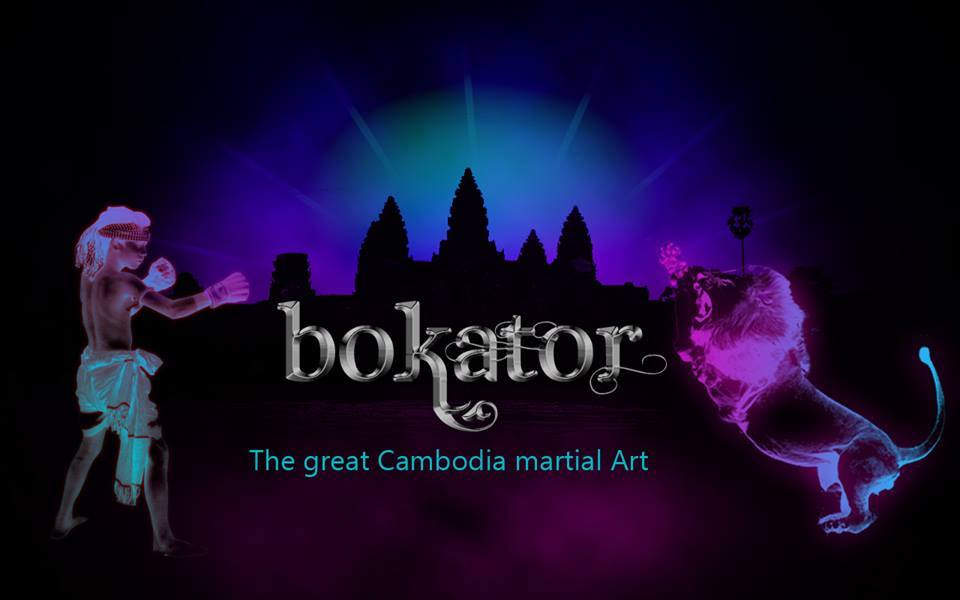The Latchford Collection #8:
It’s extremely rare to find a large stone sculpture from the seventh century in such superb, almost perfect, condition as this free-standing statue of the god Vishnu, which was photographed in Douglas Latchford’s London apartment in 2014. To remove it from its original temple home, transport it over country-borders most likely to Bangkok and then to ship it across the world to end up in a private collection in London, takes a major secretive smuggling network of substantial proportions. That’s exactly what Latchford was able to organize since his first forays into grabbing all the Khmer art he could lay his hands on in the 1960s until his death in 2020, just as law enforcement was catching up with his nefarious activities. Throughout those decades, he exported thousands of stone and bronze sculptures around the world to museums, private collectors and auction houses whilst masquerading as a respectable collector-cum-scholar, keeping some of the finest quality artworks for himself in his homes in London and Bangkok. These unseen photographs of some of his personal collection of antiquities are a window into his world.
On his death, his daughter, Julia Copleston, promised to return his personal hoard of Khmer artifacts to Cambodia, with a handful of stone statues and a large cache of gold jewelry pieces already having found their way back to the kingdom. Let’s hope this exceptional figure of Vishnu will find its way home soon. Latchford was so enamoured with it that he published it in his first scholarly book, the 2004 Adoration and Glory, which he wrote with cohort Emma Bunker. In it, he described the sculpture as coming from the Mekong Delta region, though it bears a striking resemblance to similar seventh century statues found at Sambor Prei Kuk, Phnom Da and in Stung Treng. To enhance the beauty of his stone statues, he would often add a few items from his gold and silver collection, and this Vishnu was no exception, hosting a long gold body chain for decoration. This is how Latchford described the Vishnu in Adoration and Glory:
This muscular image of Vishnu is depicted standing straight-legged on a rectangular base. The image is craved in the round with the back as carefully carved as the front. The image wears a high miter and a long clinging sampot knotted at the waist that reveals his powerful, muscular body above. Vishnu is shown with four arms, one of his special attributes held in each hand. His lower left hand rests on the pommel of a mace, and his upper left hand holds a conch-shell trumpet by its longer end. Conch shells were extremely important in both Hindu and Buddhist rituals, and blowing a conch was believed to scare off evil spirits. The upper raised right hand holds a chakra, a wheel-shaped thrown weapon with the proprieties of a boomerang that was associated with Vishnu as early as the Kushan period in India. The lower right hand holds a round object, which has been given several interpretations. It has said to be a ball or globe representing the earth, questionable since the earth was considered to be flat in the seventh century. Instead, it is likely that the attribute intended is a lotus that has become too abstracted to be recognizable.
Early Khmer sculpture is carved in the round and often quite large, so artisans cleverly devised unobtrusive ways to support and stabilize the various appendages. Here the mace handle under the lower left hand and the vertical column supporting the lower right hand are designed to strengthen the sculpture. The long front panel of the ankle-length sampot gives added support to the ankles, and struts connect the upper arms to the head. Regional variations of this support system continued to be used throughout the seventh and into the early eighth century; by the end of the eighth century, the struts connecting the upper arms to the head and the central drapery panel had gone out of fashion. The present image lacks the rows of hair showing from beneath the miter in back on earlier Vishnu heads. This is a particular temporal feature shared by late 7th century images in the National Museum in Phnom Penh that wear the earlier long sampot and also do not have hair projecting from under the miter. [Extract from Adoration and Glory].















